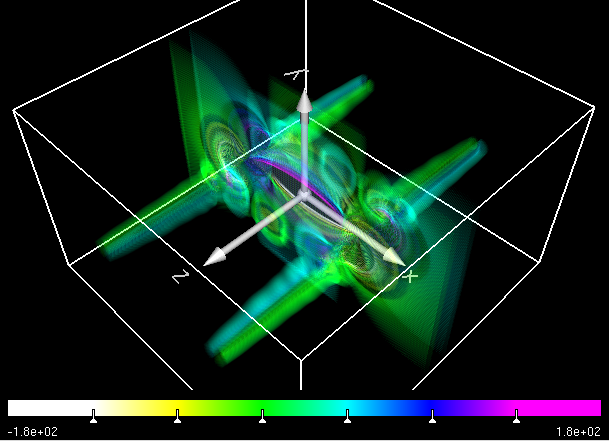

Where ε, which must be positive, is the instantaneous dielectric function (the infinite-frequency response) and P is the remaining frequency-dependent polarization density in the material.

Physically, material dispersion arises because the polarization of the material does not respond instantaneously to an applied field E, and this is essentially the way that it is implemented in FDTD.

Install triangle package 3,4 before you run the code. It will return you MEEP code of the desired structure in a separate file name "coordinates".

Write down the points of your polygonal structure. I have written the following python script for convenience. Hexagonal structure, generated in MEEP Python Script: Step 2: Once you have found the triangles insert the properties of all the triangles in your meep code and execute to get your desired structure. Use delaunay triangulation to convert your polygon into set of triangles. Once we construct these triangles, we would get our structure 🙂 With the help of Delaunay triangulation, we can deconstruct a polygon into a set of triangles. In simple words, Delaunay triangulation is triangulation of set of points(that make the polygon). As an example, I'll make a hexagon shape in MEEP. I have also written a python script, in which you just feed in the coordinates and it will return you a meep code describing the structure. I am using the method described in that post 1 . As a beginner, I couldn't understand certain things in his post. In this post, I am going to explain how to create polygon in MEEP 2D out of primitive objects. Now since we can make triangular shapes, how can we get other shapes? A very nice post to create arbitrary shapes is written by Mr. But if we cut a block with non-orthogonal planes we will get a triangle 1. It is impossible to create hexagon shape with the direct use of primitive shapes. Code.pyMEEP allows to create structures out of primitive objects viz sphere,cylinder cone, block and ellipsoid.


 0 kommentar(er)
0 kommentar(er)
